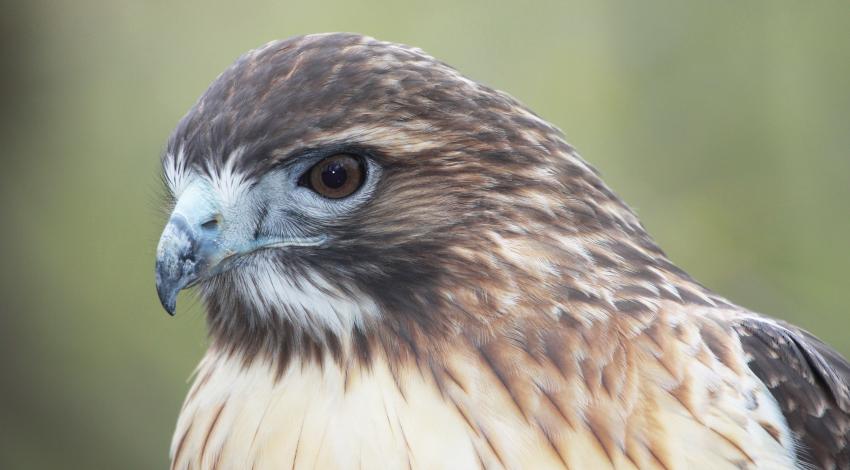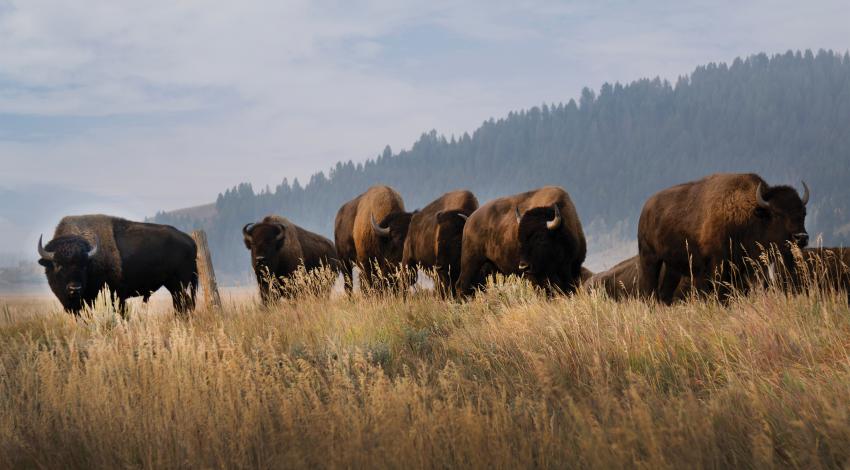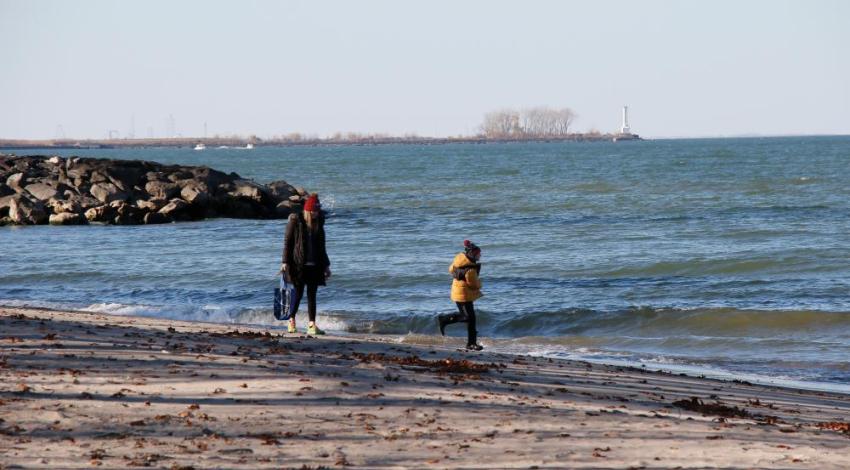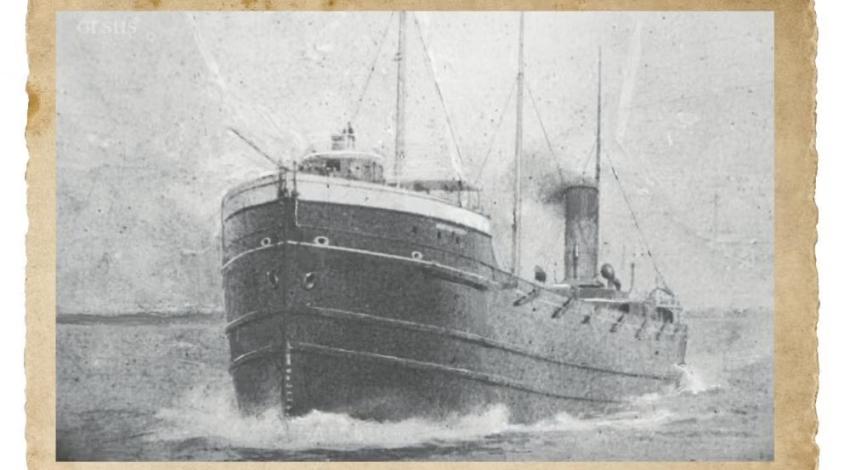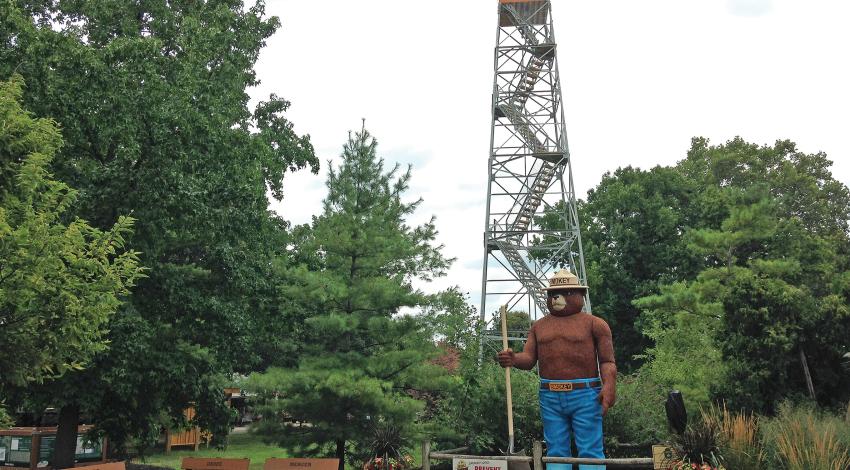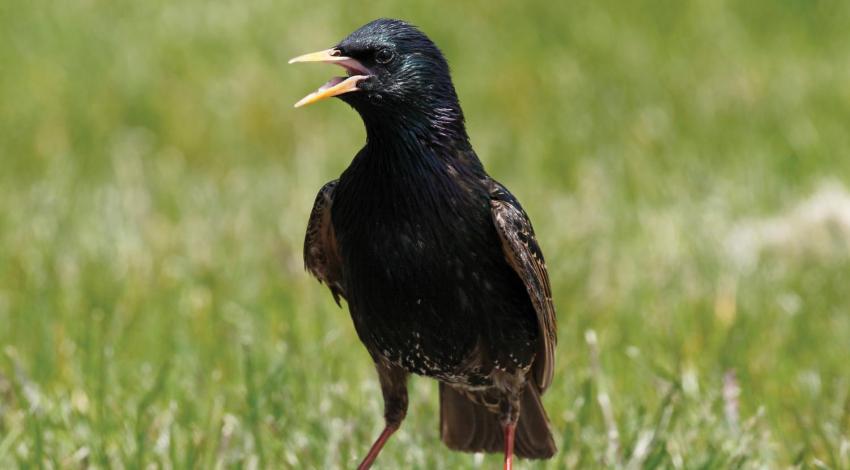If you know someone who’s really ready to raise their birding game in 2026 (even if that someone is you), a spotting scope might be just the thing.
“We began as a small gift shop and watch-repair business in 1976,” says Hershberger, who owns the shop. “So next year will be our 50th year in business. We always had a few pairs of binoculars for sale, and I began birding when I was a teenager, so the optics side of the business grew out of that hobby. Today, we carry 18 brands of optics, with 200 to 300 pairs of binoculars on display, and 20 to 30 spotting scopes, as well as telescopes for stargazing.”

